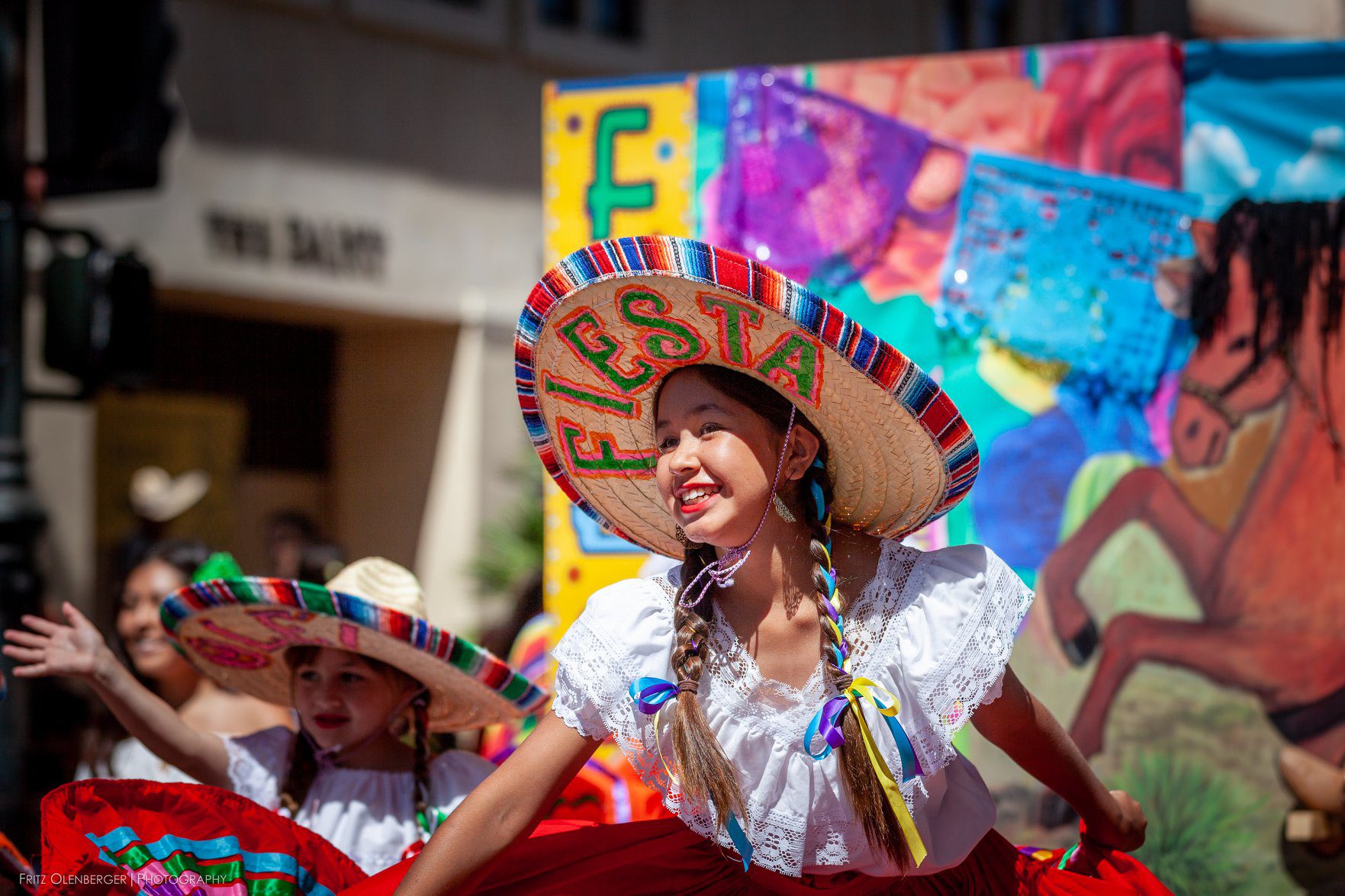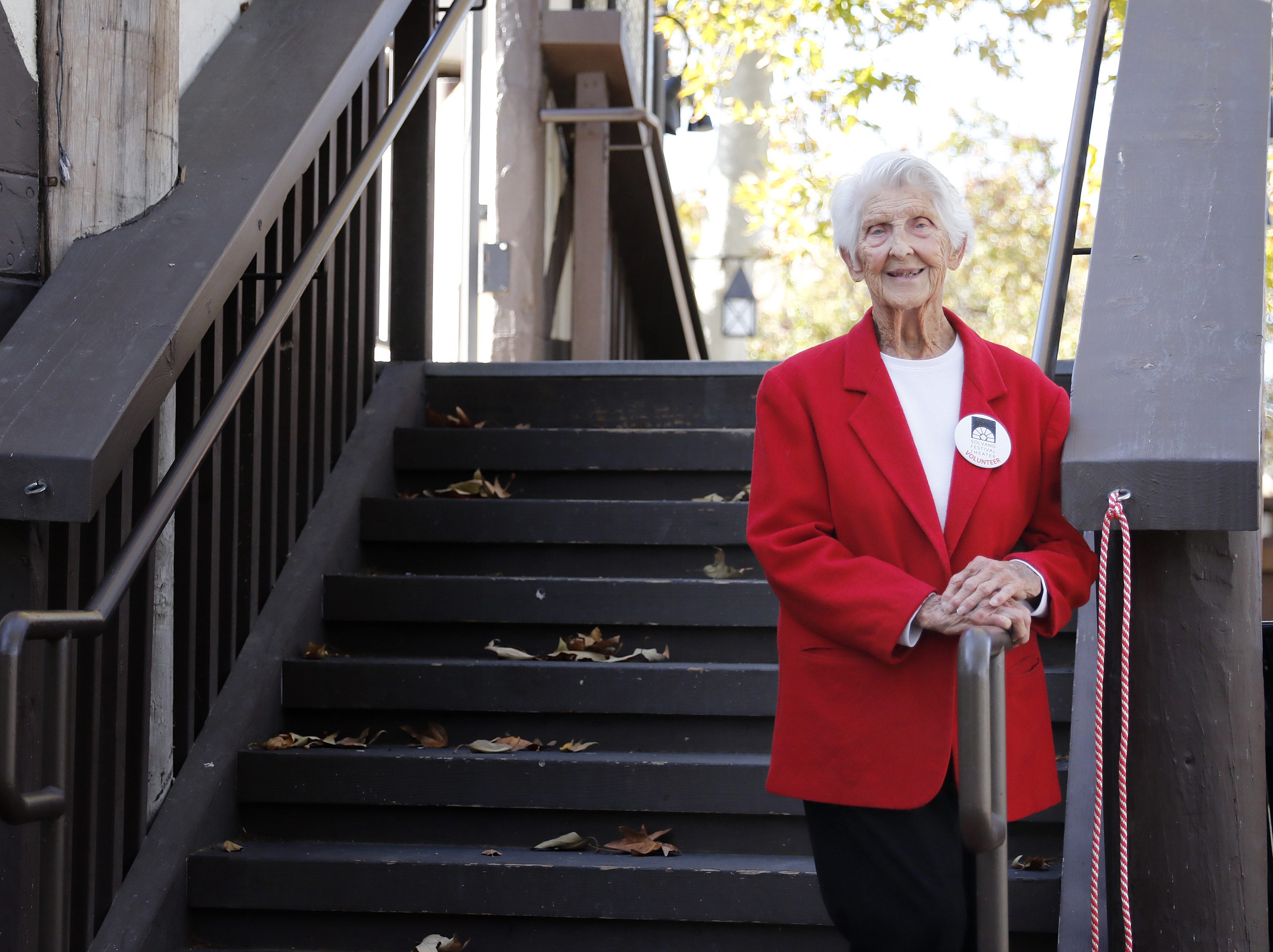By John Copeland
Contributing Writer
Cinco de Mayo is a minor holiday in Mexico, but heartily celebrated here in the United States. In fact, as a holiday, celebrating Cinco de Mayo actually began in California and celebrated for quite a while before it was observed in Mexico. Celebrating this year is likely going to be creative given the stay at home orders and social distancing. However, I think I can honestly say, that most partyers in America have no idea what they are celebrating.
Care to hazard a guess? No, it is not Mexican Independence Day, that is on Sept. 16 and is not widely celebrated in the U.S. Literally “the Fifth of May,” Cinco de Mayo commemorates the Mexican army’s unlikely victory in the face of great odds over the French at the Battle of Puebla on May 5, 1862.
The French? Yes, did you know that France once invaded Mexico, installed an emperor, and briefly ruled Mexico while the United States was distracted by the Civil War. You may be wondering: Well, how did the French take over Mexico? During the 1860s, the U.S. was not in any position to enforce the Monroe Doctrine, which is probably another bit of American history worthy of writing about another time.
Cinco de Mayo has its roots in the aftermath of the Mexican-American War of 1846-48, the Mexican Civil War of 1858, and the Reform Wars of 1860 between liberal and conservative factions in Mexico. The liberals ultimately won and Benito Juárez was elected president.
However, wars are expensive business. To finance its conflicts, the Mexican government borrowed heavily from England, Spain and France. All this warfare left the Mexican Treasury nearly bankrupt. Just like banks holding mortgages, the European powers expected the debts to be repaid.
In 1861, President Benito Juárez, in an attempt to give the Mexican economy a change to recover, suspended all foreign debt payments for two years. This did not sit well with Mexico’s debt holders; France, Britain and Spain. After a lot of diplomatic wrangling, Spain and Great Britain negotiated a settlement with President Juárez and withdrew their forces. But the French decided to use the opportunity to carve an empire out of Mexican territory.
In 1862, the United States was in the midst of the Civil War. The South was trying to convince several European governments to become allies, which if successful might have permanently split the United States. One potential Confederate ally was about to flex its muscles in Mexico.
France had a real interest in curbing the growing influence of the United States. If France was successful in seizing Mexico, and allied itself to the Confederates, it might result in a divided the United States, which would be less powerful and less threatening to other nations.
Late in 1861, the French fleet stormed the port of Veracruz and landed 6,000 French troops under General Charles Latrille de Lorencez. Certain that victory would swiftly be theirs, the French marched on Mexico City.
Juárez desperately rounded up a ragtag force of loyal Mexican citizens and sent them to the town of Puebla de Los Angeles directly in the path of the French. Led by Texas-born General Ignacio Zaragoza, about 4,000 Mexican militia fortified the town and prepared for the French assault. Most of Zaragoza’s men were farmers armed with antiquated muskets, machetes and farm implements.
On the 5th of May, 1862, Lorencez and his army, arrived before the city of Puebla. Showing his contempt for the Mexicans, General Lorencez ordered his troops to attack the middle of General Zaragoza’s defenses. The French cavalry galloped through ditches, over adobe ruins and up the slope of Guadalupe Hill. The Mexican militia stood its ground and sent the French forces reeling back from the town. The battle lasted from daybreak to early evening, the French lost nearly 500 soldiers, while the Mexican defenders lost less than 100. Lorencez and the French forces fled back to Veracruz with Zaragoza’s militia in pursuit.
The victory represented a significant morale boost for the Mexican people. Puebla de Los Angeles, the site of Zaragoza’s historic victory, was renamed Puebla de Zaragoza in honor of the general. However, the victory, was short-lived. One year later, the French landed 30,000 additional troops, they defeated the Mexican army, captured Mexico City, and installed Austrian Archduke Ferdinand Maximilian as Emperor Maximilian I, ruler of Mexico. However, the France’s Mexican Empire would last only three years.
When the American Civil War ended, the United States supported Juarez’s efforts to expel the French. Napoleon III, facing tenacious Mexican guerrilla resistance and potentially a serious conflict with the United States, withdrew the French military from Mexico. The Mexicans recaptured Mexico City, and Maximilian was apprehended and executed. On June 5, 1867, Benito Juarez returned to Mexico City. Since the ousting of the French, no country in the Americas has been invaded by any European military forces.
Mexicans and Latinos living in California during the 1860s are credited with being the first to celebrate Cinco de Mayo in the United States. Far up in the gold country town of Columbia (now Columbia State Park), Mexican miners were so overjoyed at the news that they spontaneously fired off rifle shots and fireworks, sang patriotic songs and made impromptu speeches.
Cinco de Mayo, has been celebrated in California continuously since 1863. For many years it was virtually ignored in Mexico. Today, Cinco de Mayo is a big deal in Puebla, but remains a relatively minor holiday in Mexico.
In the United States Cinco de Mayo has evolved into a celebration of Mexican culture and heritage. As Californians, we have long traditions and ties with Mexico dating back to the days of the Californios. For those of us that live in the Santa Ynez Valley, reminders of those ties and traditions are all around us. Cinco de Mayo is a good time to think of our shared heritage.






